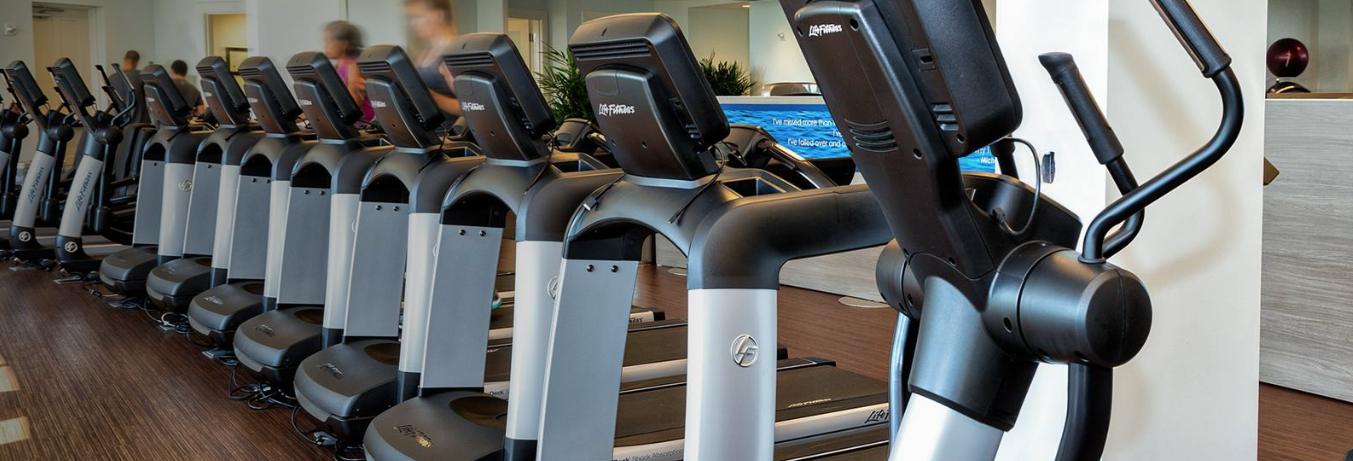Posted On: July 3, 2018 by ClubProcure in: Clubhouse

From the Forbes article, Three Reasons Marketers Shouldn’t Overlook the Silver Generation:
The silver generation consists of anyone born in 1964 or earlier, and “Nielsen has reported that this older generation controls more than 70% of all U.S. disposable income and may inherit about $15 trillion in the next 20 years. Plus, many Americans are still in prime earning years throughout their 50s.”
Enough about Millennials already! Clubs still must seek and find ways to keep their older consumers active, engaged, and happy at their facility. One specific way clubs can accommodate its older members is through fitness. Currently, the older generation presents a large potential market to fitness professionals. If trainers can provide help to this age’s specific physical and mental needs, they will broaden their training audience and improve senior’s quality of life.
Already, some fitness professionals have had the ability to provide training that aligns with age related changes to the body, construct individual plans and understand the benefits of training for the older generation. These trainers say it takes a commitment to maintain strength, mobility and balance past the age of 50.
Fitness centers have a wide-range of people utilizing their facilities every week, making the need for diverse programming, specialized training and instruction necessary. Lance Gill, Co-Director of the Titleist Performance Institute Fitness Advisory spoke with us regarding the older generation and their relation to fitness at the club.
What changes do clubs need to make to accommodate the older generation through fitness?
Lance: We deal less and less with strength and speed and more with movement dysfunction and basic tenants of fitness, such as coordination, balance, endurance, mobility, stability. These concepts, when added together, help an athlete or a human body produce more spring, speed, and power. Strength, power and speed is what fitness is traditionally thought of as, but the building blocks are stability, mobility, balance, coordination, and endurance.
What I always make sure to do is have every-single person undergo a personalized assessment. This determines what physical characteristics that specific client is limited in. What we see most often are deficiencies such as; hip internal rotation, shoulder external rotation, neck rotations, I want to know every single dysfunction my client has so I can build a customized mobility, stability, balance coordination, endurance program around those dysfunctions.
As far as specific regimens? There are none specifically, but there are specific regimens for each person. I believe when you get into the educational process, which I mentioned in the first question, you really drive that point home because now the golfer, the athlete, the client is looking at it like, wow, this is for me, this is structured just for me and my needs. A one size fits all is probably not going to be found in the golf world.
Fitness centers that are 50+ are beginning to develop, how does a club ensure their fitness center is competitive with their offerings/equipment?
Lance: My first step would be letting the members know how this particular program is going to be advantageous for a fity-plus population. I rarely see fitness centers within a club setting, educating their clientele on the programs that they offer, why they’re offering those programs and how they’re beneficial to the designated population. I’d like to see more education coupled with a program to suit it.
Now, how does the equipment offering have to have change? Gyms are changing in the golf club world to be a more opened space facility, so there’s more functional training. This can often times be daunting to a senior population, because they grew up with rows of equipment, going from one to another. This yields a little bit of a foresight from the planners of a fitness center to understand more about what they want and what their demographic wants, and what the new generation wants. What this turns into is a functional, forward-thinking blended model of “old” and “new”.
I’ve worked with guys that liked this type of fitness project, particularly down in Florida, where their population tends to be a little bit on the older end and the younger generation is starting to peek in. With this you’re going to see a more standard gym set up with a lot of selectorized equipment, so the older population can do their work out that they’ve been trained, but at the same time have a little bit of functional equipment around the corner. As long as the technicians or professionals onsite are helping guide and educate the senior client to what those other sections of the gym are utilizing you’re going to find a slow migration over into that section. The blended gym model makes a lot of sense in these settings because you’re going to get full visibility to the new style gym, but still have the older method, which suits the needs of the aging population.
Do you have any examples or clubs that you’ve seen that you think are innovative or a good idea?
Lance: I really like Greystone Country Cub in Birmingham, Alabama. They took a uniquely shaped room and they blended it into different quadrants or sections where they have the selectorized equipment, strength training, a mobility based area and they really utilize all the different nooks and crannies in their unique shape to help deliver a facility that suits the older generation as well as the younger, because that’s a unique club. Greystone Country Club has two courses with members ranging from four years old all the way up to 90 years old, so they had to meet the needs of very different demographics.
Social media:
LGP_INC on instagram
Lance Gill Performance on Facebook
Www.lgperformance.com/remotetraining
0 comments